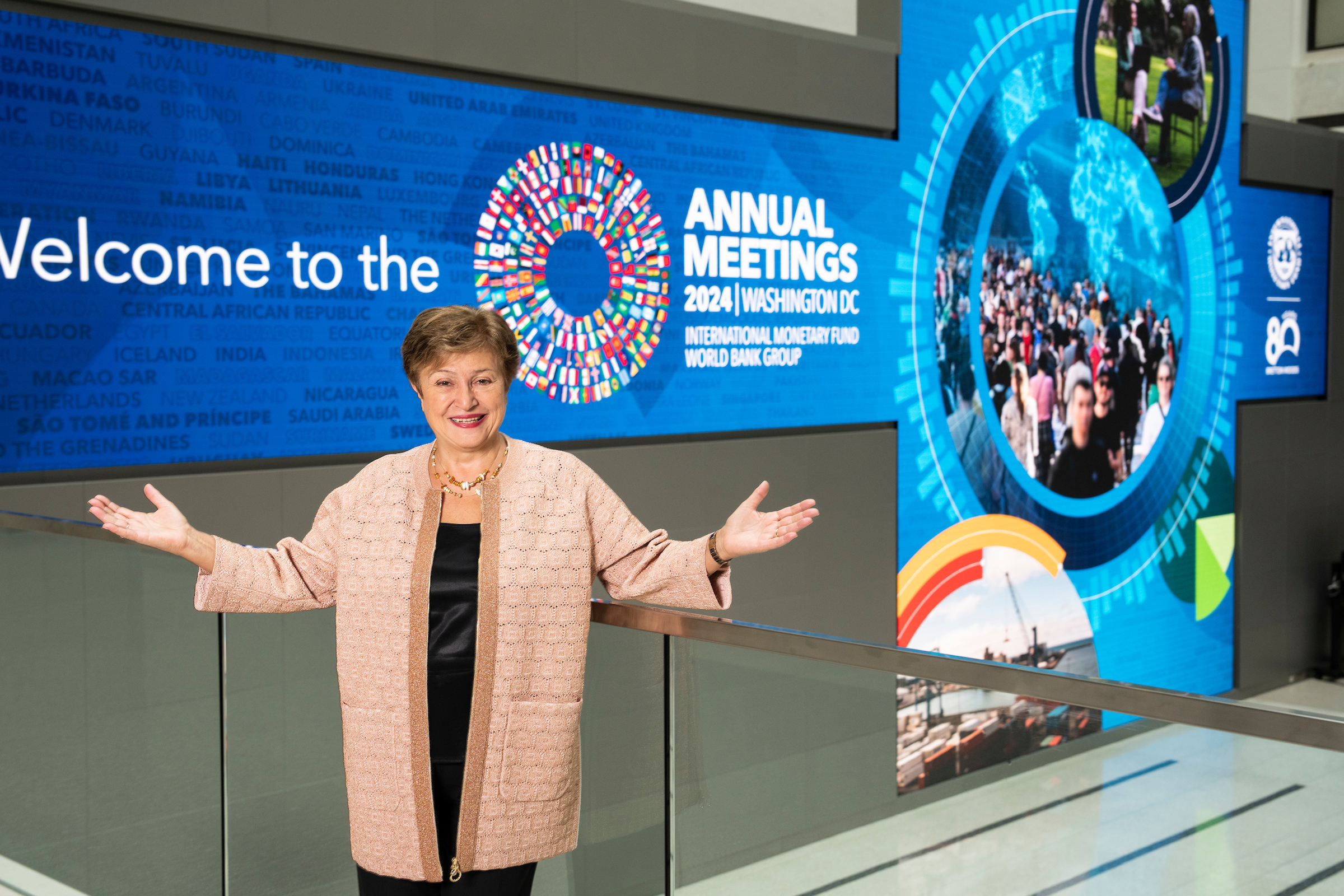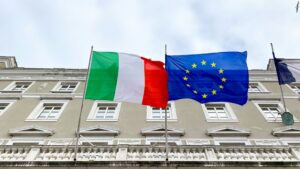The Annual Meetings of the World Bank (WB) and International Monetary Fund (IMF) took place this week in Washington DC. This year’s meetings occurred on the eve of a series of events that will have important consequences for the reform of the international financial architecture.
These events include: the U.S. elections, taking place in early November, followed by COP29 in Azerbaijan – which is expected to conclude negotiations on the adoption of the New Collective Quantified Goal (NCQG) for climate finance – the G20 Leaders’ Summit in Rio de Janeiro – 18th and 19th November, during the last days of COP29 – and, in December, the international conference in South Korea for the 21st refinancing the International Development Agency (IDA21), the WB’s arm that works in low-income Countries.
In June 2025, the fourth international Financing for Development (FfD) conference is scheduled to be held in Spain. The Jubilee, an important opportunity to address the issue of debt, will also take place in the new year. 2025 will continue with the first G20 in South Africa and conclude with the COP30 in Belém, Brazil, where we will see whether the Countries’ national 10-year emission reduction targets and plans have the ambition of keeping global temperature rise within 1.5 degrees.
It is urgent and critical that these appointments give momentum to the international finance reform agenda. Eighty years after the Bretton Woods agreements, which gave birth to the two most important institutions for multilateral finance, there is an urgent need to agree on rules that can no longer be postponed in order to respond to investment needs for major global challenges, such as climate, health, food security and poverty, and growing debt pressure. The International Monetary Fund’s latest estimates project global public debt at more than $100 trillion in 2024, with an upward trend in the medium term. A recent WB report confirmed that the goal of eradicating extreme poverty by 2030 is now unachievable. And the climate target of 1.5 seems to be getting further and further away.
As part of the Evolution Roadmap launched in 2023, the World Bank has taken a number of measures to increase its lending capacity, including the adoption of innovative financial instruments such as guarantees and hybrid capital. Recently, the WB also approved a reduction in the equity to loan ratio from 19 per cent to 18 per cent for the IBRD (the International Bank for Reconstruction and Development, the WB’s lending arm for middle-income Countries), along with changes to the cost of lending and fee structure that increase lendable capital by $30 billion. Overall, the set of reforms is expected to free up an additional $150 billion over the next decade for IBRD. As a result, middle-income countries will have access to more capped-rate loans than are on offer on international financial capital. In a context of high levels of debt and the cost of debt, the priority should be to ensure that countries in the greatest need have access to subsidised funds and interest-free loans to prevent development and climate finance from further aggravating the debt position. In particular, achieving an ambitious replenishment of IDA21 with a 20-30% increase in donor country contributions is critical.
Multilateral Development Banks (MDBs) made progress in implementing the recommendations of the G20 Group of Independent Experts on the review of Capital Adequacy Frameworks and those of the Triple Agenda Report for MDBs reform. A further boost to these reforms could come from the publication of a study by Fitch Ratings, which reveals that MSBs could take on more risk and collectively lend up to $480 billion more before this causes a downgrade in their credit rating.
As for the International Monetary Fund (IMF) front, the institution has made two important decisions. In May, it approved the use of Special Drawing Rights (SDRs) as hybrid capital, making it possible for countries to “recycle” unused SDRs through MDBs, which can use them as leverage to expand their lending capacity. The African Development Bank (AfDB) and the Inter-American Development Bank (IDB) have already developed a mechanism that would allow them to receive SDRs given by rich countries and reuse them in the form of hybrid capital. However, to make it operational, at least five countries must commit to using it.
In October, the IMF concluded its review of debt surcharges imposed on countries that do not repay their instalments on time. The adopted revisions will reduce the number of countries subject to surcharges from 20 to 13 in 2026, through an increase in the thresholds above which they are triggered and a reduction in the interest rate charged.
Overall, these measures will help increase the fiscal space of countries in debt distress, but they do not abolish a practice that civil society and eminent academics denounce as pro-cyclical and punitive. On climate, the IMF’s commitment is not yet fully satisfactory. A recent study by Recourse shows how the Resilience and Sustainability Trust (RST), created to disburse loans for climate action, would perpetuate austerity measures in recipient countries. More generally, IMF climate efforts continue to lack ambition and urgency. A panel of prestigious experts has proposed a reform plan to align IMF technical advice to countries, lending instruments and global leadership with the needs of climate change and energy transition.
This year’s Annual Meetings also hosted the G20 Finance Ministers’ and Central Bank Governors’ Meetings. This year for the first time they met with Climate and Environment Ministers. At the centre of the agenda, the adoption of a joint text resulting from the work of the “Task Force on Climate,” a negotiation set up by Brazil among representatives of Heads of State and Government, Ministers of Finance and Ministers of Climate and Environment to identify a political mandate for financial solutions to the climate challenge.
The Annual Meetings are an opportunity to advance proposals on taxation, including the G20 proposal to tax the super-rich and the solidarity levies on polluting sectors such as shipping, aviation, and fossil fuels being discussed by the Taskforce on Global Solidarity Levies . These innovative instruments can go a long way toward securing additional sources of funding to meet climate goals.
As major providers of development and climate finance, the WB and IMF play a key role in shaping the macroeconomic landscape of developing countries. The Annual Meetings are key to building confidence among Countries in the global North and South about the availability of sufficient finance for major development challenges, as a new climate finance target (NCQG) will be negotiated at COP29 in Baku.
Photo by IMF photo








